AI vs Human Video Editing: Will AI Replace Human Editors?
The dance between man and machine isn’t new. But in 2024, it’s taking center stage in video editing suites worldwide.
AI-powered video editing tools promise speed, efficiency, and perfection. They’re consistent, tireless, and always improving.
Human editors? We’re messy, emotional, unpredictable. We make “mistakes” that turn into creative breakthroughs. We understand nuance, context, the unspoken.
For me, when it comes to AI vs human video editing, the real question isn’t “Will AI replace human editors?”
It’s “How will we evolve?”
Because here’s the truth: AI video editing isn’t a threat. It’s an opportunity. An opportunity to elevate our craft, to focus on what makes us uniquely human – our creativity, our intuition, our ability to connect emotionally with an audience.
The future isn’t about AI vs human creativity. It’s about synergy. It’s about knowing when to let AI handle the heavy lifting and when to apply our human touch.
In this post, we’re going to explore this new frontier of video editing automation. Are you ready to redefine what it means to be a video editor in the age of AI?
AI Video Editing: Speed, Automation, and Efficiency
Ever stared at hours of raw footage, feeling overwhelmed?
I’ve been there. It’s not fun.
But in 2024, AI video editing is reshaping our workflow in ways we couldn’t have imagined just a few years ago.
My first encounter with AI-powered video editing tools left me skeptical. Could a machine really understand the nuances of visual storytelling? Not exactly. But its capabilities were undeniably impressive.
These AI systems can analyze hours of footage in minutes. They identify key moments, sync audio, and even suggest cuts. It’s a significant time-saver, especially for projects with tight deadlines.
Take Adobe Sensei, for instance. This AI backbone of Adobe’s Creative Suite automatically color-matches scenes and removes unwanted objects. It even assists in creating motion graphics, streamlining tasks that once took hours.
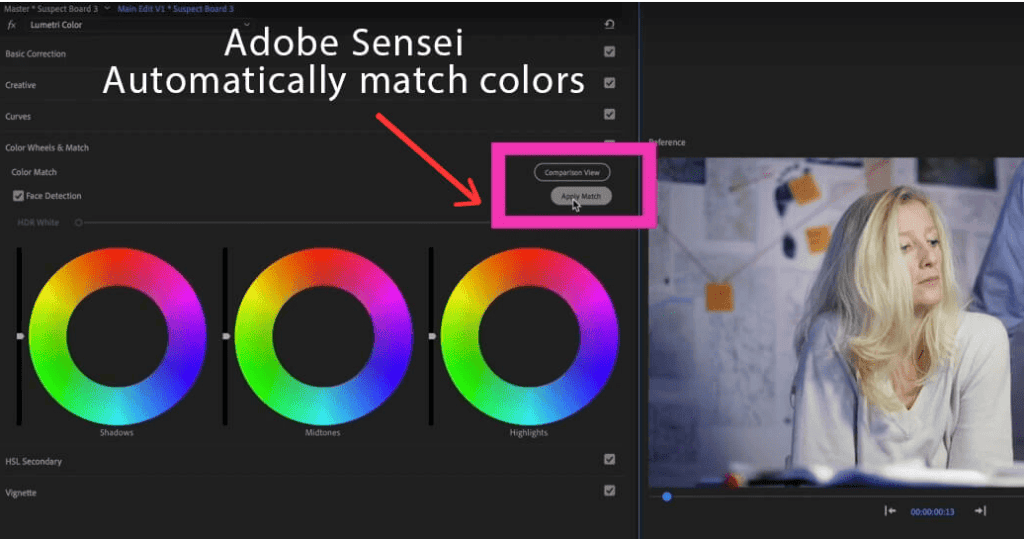
Then there are AI video editing tools like Descript or Gling AI, which transform video editing into something akin to word processing. Edit the transcript, and your video adjusts accordingly. It’s a new approach that’s changing how we think about post-production.
But here’s the thing – these tools aren’t perfect. They lack the ability to make nuanced decisions based on emotion and context.
I once used AI to help edit an interview with a thought leader. While it efficiently organized the responses by topic, it missed the subtle emotional connections between different answers that were crucial to the overall narrative.
So, are AI video editing tools replacing us? Not exactly. But they’re certainly changing how we work.
They excel at repetitive tasks and can significantly speed up certain aspects of the editing process. However, they still need human oversight to ensure the final product resonates emotionally with viewers.
The challenge for us as editors is to learn how to integrate these AI tools into our workflow effectively. It’s about finding the right balance between leveraging AI’s efficiency and applying our own creative judgment. After all, storytelling is as much about emotion and intuition as it is about technical skill.
While AI excels in efficiency and automation, it’s crucial to recognize where human editors still hold the upper hand. Let’s shift our focus to the irreplaceable qualities that human editors bring to the table.
Human Editors: Creativity, Emotion, and Flexibility
You know that feeling when a video moves you to tears or leaves you breathless with excitement? That’s the magic of human editing at work. As editors, we shape raw footage into compelling narratives. An AI could organize clips efficiently, but it takes a human touch to weave disparate elements into a story that resonates on a deeply personal level.
Here are a few key advantages of human editors over AI:
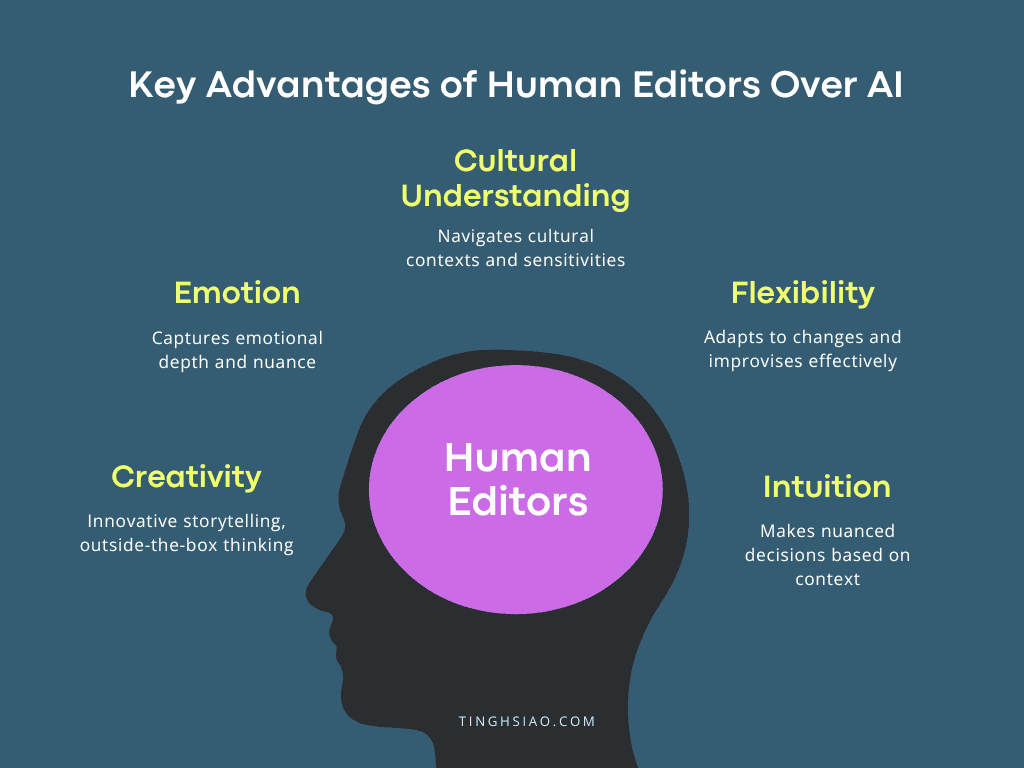
Creativity: Innovative Storytelling
We bring innovative storytelling and unique perspectives to every project. We understand the power of a lingering shot or the impact of a perfectly timed cut in a way that AI simply can’t replicate.
Consider the editing in films like “The Godfather” or “Memento.” The intricate layering of timelines, the subtle foreshadowing, the emotional crescendos – these are products of human creativity and experience.
Emotion: Capturing Depth and Resonance
We capture the emotional depth of footage and choose moments that resonate. Think about iconic commercials that have stuck with you over the years.
That perfect comedic timing or that gut-wrenching emotional reveal? That’s human editing at its finest. Our personal experiences and emotions inform our editing choices in ways that enrich storytelling.
Cultural Understanding: Navigating Context
We navigate cultural contexts to ensure our edits are relevant and sensitive. Our decision-making process is complex and nuanced.
We don’t just follow rules; we break them when necessary.
We draw from our life experiences, understanding of human nature, and cultural background. This depth of perspective is something AI simply cannot match.
Flexibility: Adapting to Change
Flexibility is another key advantage. As video editors, we often find ourselves in situations that demand quick thinking and adaptability.
Take, for instance, a personal project you’ve been pouring your heart into for weeks.
You’re crafting a mini-documentary about your city’s underground music scene, and you’ve settled on a gritty, raw aesthetic. But as you’re assembling the final cut, you realize the footage tells a different story – one of vibrancy and resilience. Without missing a beat, you pivot.
This ability to reassess, adapt, and transform our work on the fly is a uniquely human skill that sets us apart in the editing process.
Intuition: The Human Edge
Intuition is perhaps our most powerful yet intangible asset as editors.
We can look at a sequence and instinctively know it needs something more – a different angle, a change in pacing, or perhaps a complete restructure.
Born from experience and emotional intelligence, this intuition helps us feel the rhythm of a scene and anticipate audience reactions. It’s what tells us to hold on a character’s expression for that crucial extra beat or when to break conventional rules for maximum impact.
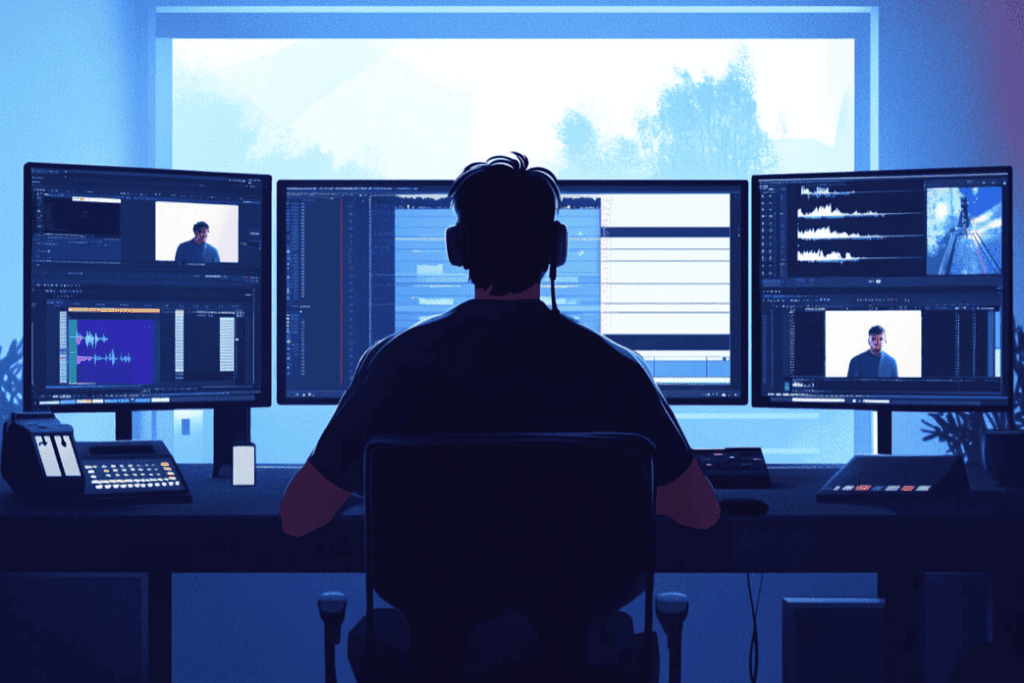
While AI tools are incredibly useful for certain tasks, the heart of editing – the art of storytelling – remains deeply human. Our creativity, emotional intelligence, and flexibility continue to be our greatest assets in a world increasingly driven by technology.
Collaboration Between AI and Human Editors
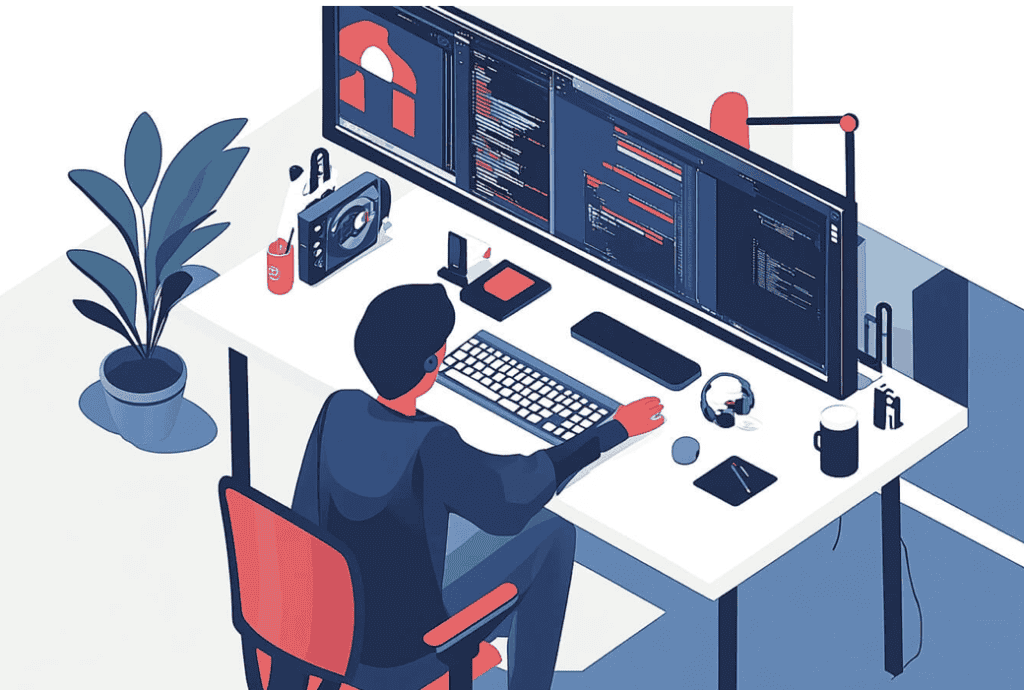
AI as Our Ally in Video Editing
Remember those tedious tasks that used to eat up hours of our time? That’s where AI truly shines as our ally. Let’s explore how this collaboration is reshaping video editing.
AI assists with tedious tasks like trimming clips, applying basic color correction, and generating accurate captions. This automation can save hours of work, especially on projects with large amounts of footage.
Modern editing software like Adobe Premiere Pro and DaVinci Resolve now incorporate AI features that can suggest potential cuts and transitions, helping to streamline the editing process.
The Hybrid Approach: Combining AI Efficiency with Human Creativity
The most effective approach to video editing today combines AI efficiency with human creativity. Editors can use AI for initial tasks such as organizing footage and creating rough cuts, then apply their judgment for storytelling, pacing, and emotional impact. AI suggestions serve as a starting point, which editors can then refine based on their artistic vision.
This hybrid method allows editors to save time on technical tasks while focusing their expertise on crafting compelling narratives.
The Future of AI in Video Editing
Looking ahead, we might see AI systems that learn your editing style over time, or AI assistants that can engage in creative dialogue with editors.
Enhanced AI assistants may offer creative suggestions based on extensive databases of film theory and audience reception data. We could even have AI that generates multiple edit versions, each emphasizing different emotional tones or narrative structures.
The key takeaway? No matter how advanced AI becomes, it will always be a tool in service of human creativity. Our job as editors is to embrace these technological advancements and use them to push the boundaries of what’s possible in video storytelling.
The goal is to use AI to handle repetitive tasks, freeing up more time for editors to focus on the aspects of editing that require human insight and creativity.
It’s about AI and humans collaborating to create videos that inform, entertain, and move audiences in exciting new ways. And personally, I can’t wait to see what we’ll create together next.
AI vs Human Video Editing: Will AI Replace Human Editors Completely?
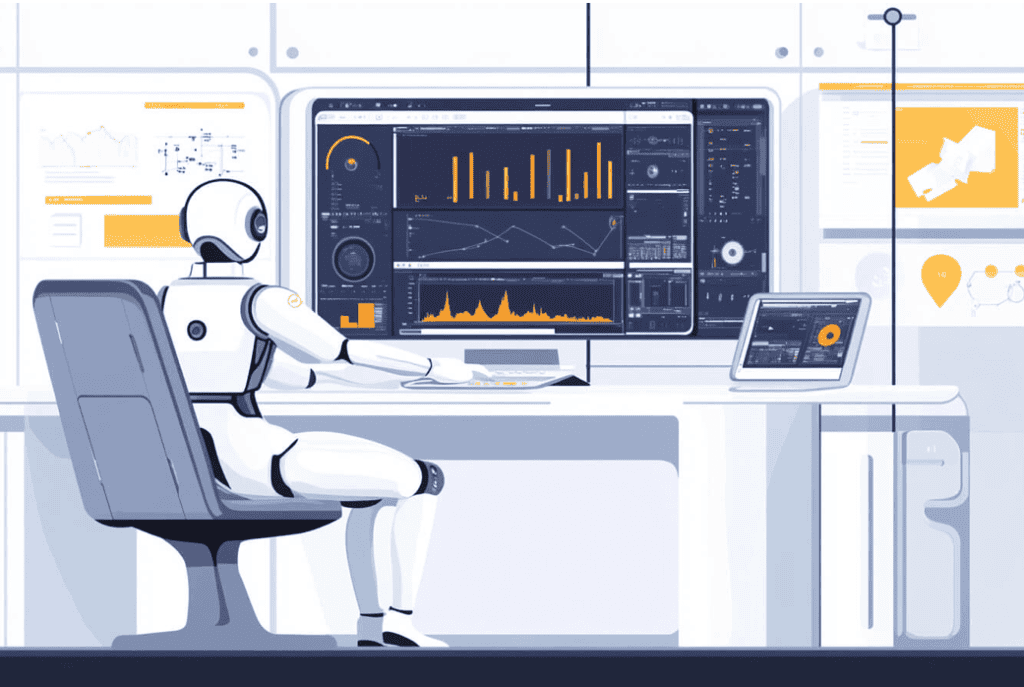
As AI continues to advance, a question looms large in the minds of many video editors: Will AI eventually replace us entirely? It’s a valid concern, but the reality is more nuanced than a simple yes or no.
While AI has advanced in automating video editing, there are key areas where human editors still excel. Let’s explore the factors that make human expertise irreplaceable in the editing process:
- Human Creativity and Emotional Intelligence: Video editing is an art form that requires creativity, emotional understanding, and cultural awareness. Humans excel at making nuanced decisions about mood, tone, and pacing that AI currently cannot replicate.
- Ethical Considerations: Videos often need to navigate complex cultural sensitivities or convey subtle messages. These decisions require human judgment and understanding of societal norms.
- Subjective Choices: AI can suggest cuts based on technical rules, but it struggles with subjective choices crucial to storytelling. Human editors understand the emotional journey they want to take the audience on.
- Industry-Specific Needs: While AI might play a larger role in fast-paced sectors like news production, industries such as feature films and high-end commercials will likely continue to rely heavily on human editors.
So, will AI replace human editors completely? It’s unlikely.
Instead, we’re moving towards a future where AI and human editors work in tandem, each leveraging their unique strengths. The key for human editors is to adapt, to learn how to work alongside AI, using it to enhance our capabilities rather than seeing it as a threat.
The Future of Video Editing: What’s Next?
The future of video editing is an exciting frontier where AI and human creativity converge. While we’ve touched on some key aspects of AI in video editing, there’s much more to explore:
- Emerging trends in AI-assisted editing
- Evolving roles for human editors
- Potential opportunities on the horizon
For a comprehensive look at what’s next in AI video editing, including emerging trends, new roles for editors, and a deeper analysis of AI’s impact on our industry, check out my detailed article: The Future of AI in Video Editing
This in-depth exploration will give you valuable insights into how our field is transforming and how you can stay ahead of the curve in this AI-driven landscape.
Final Thoughts
The future of editing isn’t about AI vs. humans – it’s about synergy. As AI transforms our industry, it’s crucial to understand its role as a powerful tool that enhances, rather than replaces, human creativity.
AI excels at automating time-consuming tasks like initial cuts, color correction, and audio syncing. This efficiency allows editors to focus more on storytelling, emotional impact, and creative decision-making – areas where human insight remains irreplaceable.
For editors looking to thrive in this evolving landscape:
- Embrace AI as a complement to your skills, not a competitor.
- Use AI-powered tools to streamline your workflow and increase productivity.
- Focus on developing your unique creative vision and storytelling abilities.
- Stay informed about emerging AI technologies in video editing.
- Experiment with new techniques that combine AI efficiency with human creativity.
The most successful editors will be those who skillfully integrate AI into their process while continuing to hone their craft. By leveraging the strengths of both AI and human creativity, we can push the boundaries of what’s possible in video editing.







